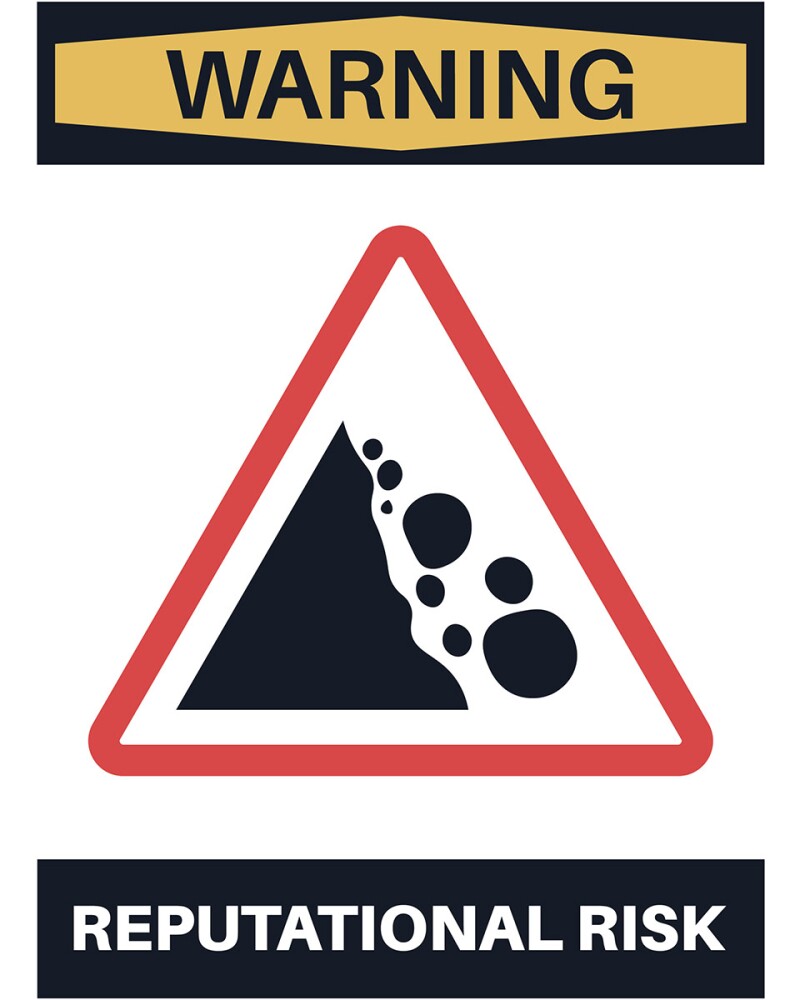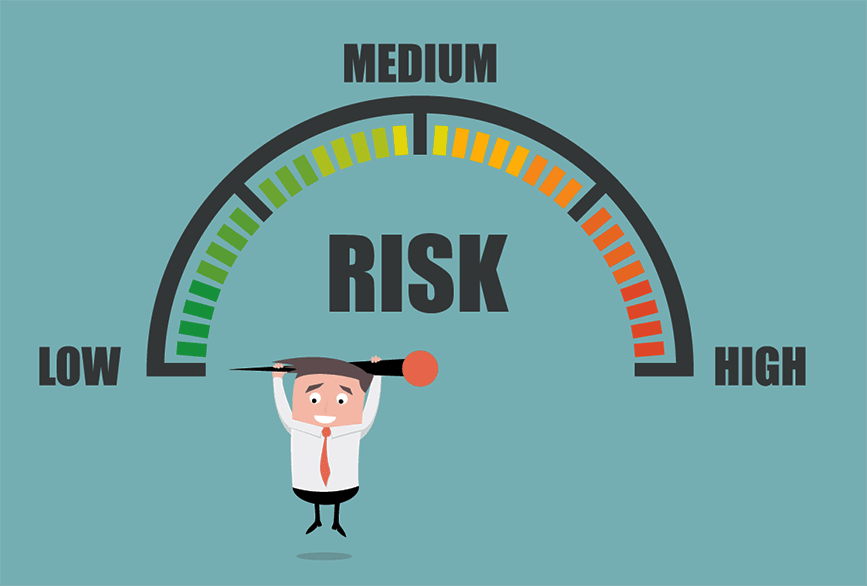In today’s hyper-connected world, businesses face a myriad of challenges, one of the most significant being reputational risk management. In this article, we delve deep into understanding the essence of reputational risk, its consequences, and effective strategies to mitigate its impact.
Introduction to Reputational Risk Management

Reputational risk management refers to the process of identifying, assessing, and mitigating threats to an organization’s reputation. It encompasses actions taken to protect the brand’s integrity, trustworthiness, and credibility in the eyes of stakeholders, including customers, investors, employees, and the public at large.
Understanding Reputational Risk
Reputational risk is the potential for adverse publicity, public perception, or loss of trust that can result in tangible harm to a company’s bottom line and long-term viability. It arises from various sources, including operational failures, ethical lapses, negative media coverage, and social media backlash.
Factors Contributing to Reputational Risk
- Social Media: The rise of social media platforms has amplified the impact of reputational risks, as news and opinions spread rapidly, often uncontrollably.
- Public Perception: How a company is perceived by the public significantly influences its reputational risk profile.
- Ethical Practices: Any perceived deviation from ethical standards can tarnish a company’s reputation irreparably.
Consequences of Ignoring Reputational Risk
Failure to address reputational risk can lead to severe repercussions, including financial losses, erosion of brand equity, diminished customer loyalty, and legal liabilities. Companies that underestimate the importance of reputation management may find themselves struggling to recover from reputational crises.
Strategies for Effective Reputation Risk Management
To safeguard against reputational risk, organizations must adopt proactive measures and implement robust risk management frameworks. Key strategies include:
- Proactive Communication: Open and transparent communication with stakeholders fosters trust and helps mitigate the impact of negative events.
- Crisis Management Plans: Developing comprehensive crisis management plans enables swift and effective responses to reputational threats.
- Stakeholder Engagement: Engaging with stakeholders, including customers, employees, investors, and communities, builds resilience and enhances reputation resilience.
Tools and Technologies for Monitoring Reputational Risk
Advancements in technology have empowered organizations with tools and platforms for monitoring and analyzing reputational risk indicators in real time, enabling proactive risk mitigation and response strategies.
The Role of Leadership in Reputational Risk Management
Leadership plays a pivotal role in fostering a culture of integrity, accountability, and transparency, which are essential components of effective reputational risk management.
Integrating Reputational Risk Management into Business Processes
Embedding reputational risk management into core business processes ensures that risk considerations are integrated into decision-making at all levels of the organization.
Legal and Regulatory Considerations
Navigating the legal and regulatory landscape is crucial for mitigating reputational risk and ensuring compliance with relevant laws and industry standards.
Future Trends
As the business environment continues to evolve, organizations must adapt their reputational risk management strategies to address emerging threats and opportunities.
Conclusion
In conclusion, reputational risk management is an integral aspect of modern business operations. By understanding the nature of reputational risk, implementing proactive strategies, and fostering a culture of transparency and accountability, organizations can safeguard their most valuable asset—their reputation.
To experience firsthand how AIM Technologies can revolutionize your approach to reputational risk management and empower your organization to thrive in today’s dynamic landscape, request a demo today.
FAQs
What are the primary sources of reputational risk?
- Reputational risk can stem from various sources, including operational failures, unethical conduct, product recalls, negative media coverage, social media backlash, and environmental controversies.
How can companies monitor and assess their reputational risk exposure?
- Companies can monitor and assess their reputational risk exposure through a combination of methods, including media monitoring, social media listening, customer feedback analysis, stakeholder surveys, and third-party assessments.
What role does social media play in amplifying reputational risks?
- Social media platforms have revolutionized communication, allowing information to spread rapidly and reach a global audience within seconds. As such, social media can magnify reputational risks by amplifying negative news, viral rumors, and customer complaints.
How can organizations recover from a reputational crisis?
- Organizations can recover from a reputational crisis by responding swiftly, transparently, and authentically to the issue at hand. This involves acknowledging the problem, communicating openly with stakeholders, taking corrective actions, and rebuilding trust through consistent and ethical behavior.
What are some common misconceptions about reputational risk management?
- One common misconception is that reputational risk management is solely the responsibility of the public relations or marketing department. In reality, it requires cross-functional collaboration and engagement across all levels of the organization. Additionally, some may underestimate the impact of reputational risk, failing to recognize its potential to cause significant financial and reputational harm if left unaddressed.


